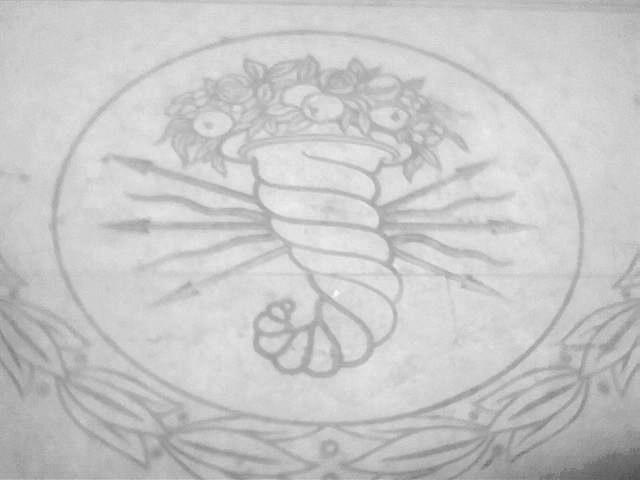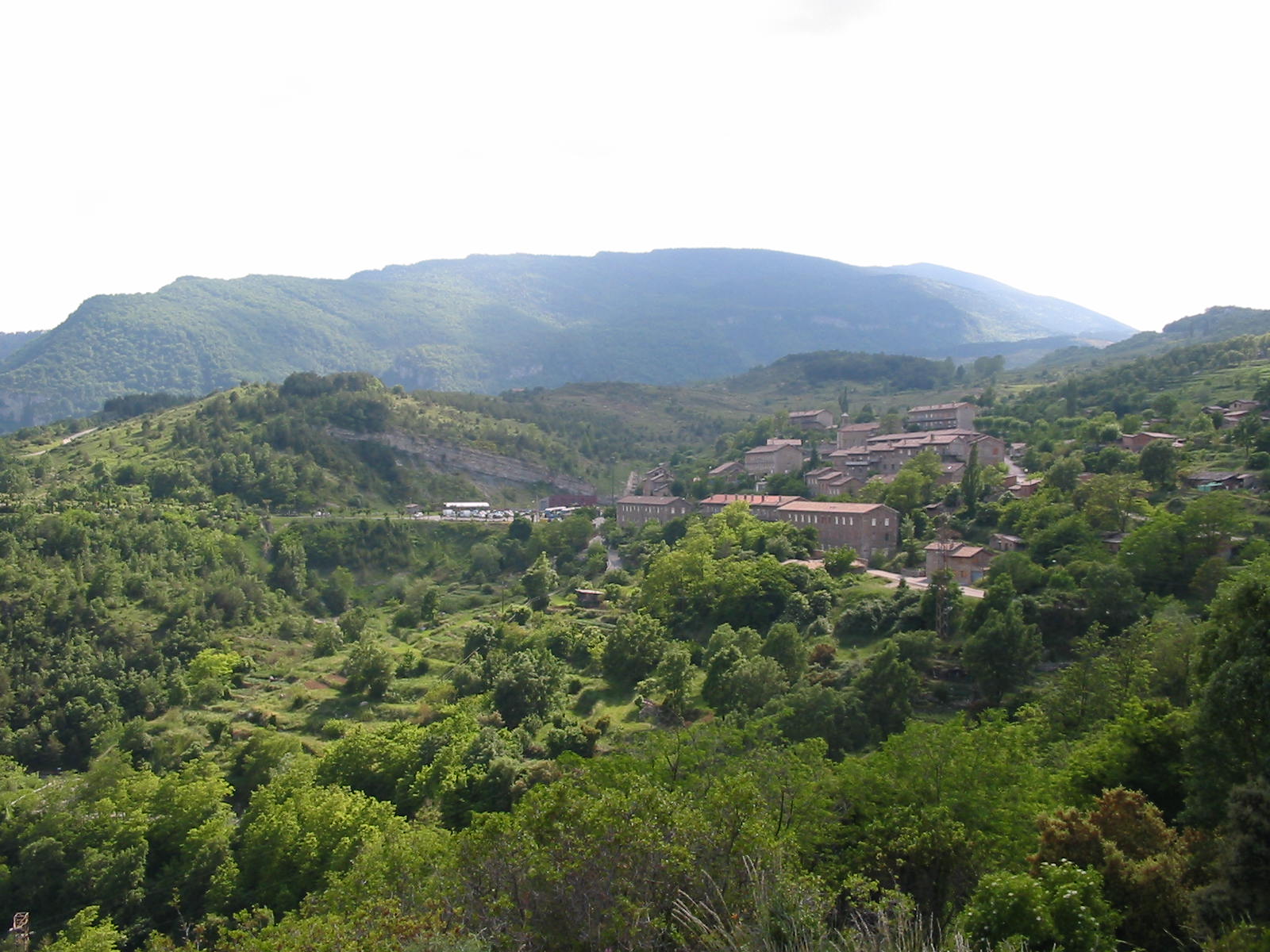|
José Pellicer Gandía
José Pellicer Gandía (1912–1942) was a Valencian anarchist revolutionary primarily known for commanding the Iron Column during the Spanish Civil War. Born into a well-off family, after the establishment of the Second Spanish Republic, Pellicer became an anarchist and joined the Confederación Nacional del Trabajo (CNT). He participated in a series of anarchist uprisings throughout the 1930s, establishing defence committees that set the foundation for the militias that would fight in the civil war. He co-founded the Iron Column, which pushed the Nationalists out of Valencia and into the province of Teruel, where he fought on the front lines. During the war, he came into conflict with the Communist Party of Spain (PCE), with the Servicio de Información Militar (SIM) arresting and imprisoning him. Despite this, he continued to fight in the Spanish Republican Army after the Iron Column's dissolution, as commander of the 83rd Mixed Brigade and later within the 109th Mixed Brigad ... [...More Info...] [...Related Items...] OR: [Wikipedia] [Google] [Baidu] |
Valencia
Valencia ( , ), formally València (), is the capital of the Province of Valencia, province and Autonomous communities of Spain, autonomous community of Valencian Community, the same name in Spain. It is located on the banks of the Turia (river), Turia, on the east coast of the Iberian Peninsula on the Mediterranean Sea. It is the Ranked lists of Spanish municipalities, third-most populated municipality in the country, with 825,948 inhabitants. The urban area of Valencia has 1.5 million people while the metropolitan region has 2.5 million. Valencia was founded as a Roman Republic, Roman colony in 138 BC as '. As an autonomous city in late antiquity, its militarization followed the onset of the threat posed by the Spania, Byzantine presence to the South, together with effective integration to the Visigothic Kingdom of Toledo in the late 6th century. Al-Andalus, Islamic rule and acculturation ensued in the 8th century, together with the introduction of new irrigation syst ... [...More Info...] [...Related Items...] OR: [Wikipedia] [Google] [Baidu] |
Nationalist Faction (Spanish Civil War)
The Nationalist faction (), also Rebel faction () and Francoist faction () was a major faction in the Spanish Civil War of 1936 to 1939. It was composed of a variety of Right-wing politics, right-leaning political groups that supported the Spanish Coup of July 1936 against the Second Spanish Republic and Republican faction (Spanish Civil War), Republican faction and sought to depose Manuel Azaña, including the Falange Española de las JONS, Falange, the Spanish Confederation of the Autonomous Right, CEDA, and two rival monarchist claimants: the Alfonsism, Alfonsist Renovación Española and the Carlist Traditionalist Communion. In 1937, Unification Decree (Spain, 1937), all the groups were merged into the FET y de las JONS. After the death of the faction's early leaders, General Francisco Franco, one of the members of the 1936 coup, headed the Spanish nationalism, Nationalists throughout most of the war, and emerged as the Francoist Spain, dictator of Spain until his death in 197 ... [...More Info...] [...Related Items...] OR: [Wikipedia] [Google] [Baidu] |
Revolution Of 1934
The Revolution of 1934 (), also known as the Revolution of October 1934 or the Revolutionary General Strike of 1934, was an uprising during the " black biennium" of the Second Spanish Republic between 5 and 19 October 1934. The Revolution of 1934 was triggered by anxiety of the Spanish political left after the 1933 general election and entry of the Spanish Confederation of the Autonomous Right (CEDA) into the Spanish government in September 1934. Most of the events occurred in Catalonia and Asturias, and were supported by many Spanish Socialist Workers' Party (PSOE) and General Union of Workers (UGT) members, notably Largo Caballero, as well as members of the National Confederation of Workers (CNT). The uprisings were repressed by Spanish government forces and defeated within two weeks. Around 2,000 people were killed during the Revolution of 1934 in the initial uprisings and their suppression. Historians have argued that the incident sharpened antagonism between the p ... [...More Info...] [...Related Items...] OR: [Wikipedia] [Google] [Baidu] |
Manresa
Manresa () is the capital of Bages county, located in the central region of Catalonia, Spain. Crossed by the river Cardener, it is an industrial area with textile, metallurgical, and glass industries. The houses of Manresa are arranged around the basilica of Santa Maria de la Seu. Saint Ignatius of Loyola stopped to pray in the town on his way back from Montserrat in 1522. He also read in solitude in a cave near the town for a year, which contributed to the formulation of his Spiritual Exercises. As such, the town is a place of pilgrimage for Catholics. It is believed the comarcal name "Bages" comes from a corruption of the Latin "Bacchus" due to the extensive production of wine in the area. The wine was produced from grapes grown mainly in terraced vineyards, and many of these old terraces can be seen today. Wine ceased to be the main product of the area as a consequence of phylloxera, but is still a very important part of the Manresa/Bages economy. During the Napo ... [...More Info...] [...Related Items...] OR: [Wikipedia] [Google] [Baidu] |
Alt Llobregat Insurrection
The Alt Llobregat insurrection was a revolutionary general strike which took place in central Catalonia, in the northeast of Spain, in January 1932. Initially organised as a wildcat strike by miners in Fígols, who were protesting against low wages and poor working conditions, it soon turned into a general revolt and spread throughout the region. Workers seized local institutions, disarmed the police and proclaimed libertarian communism, all without any killing taking place. Within a week, the rebellion was suppressed by the Spanish Army. A subsequent rebellion in Aragon was also suppressed. In the wake of the insurrection, many anarchist activists were imprisoned or deported. The suppression of the insurrection caused a split in the ''Confederación Nacional del Trabajo'', with its radical faction ultimately taking control of the organisation and the moderate faction splitting off to form the Syndicalist Party. Further insurrections were carried out by CNT activists in January ... [...More Info...] [...Related Items...] OR: [Wikipedia] [Google] [Baidu] |

